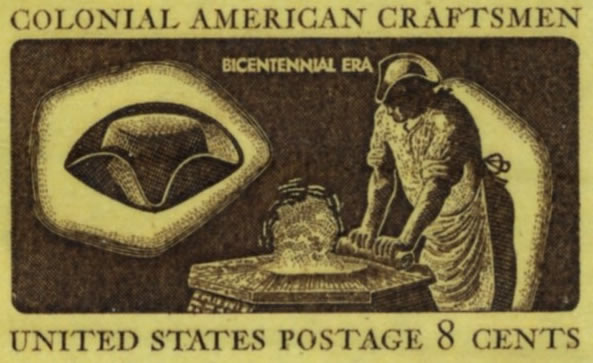Hats Were Major Fashion Statements
In colonial times, nearly everyone wore some kind of head covering, making the hat industry very important. A man’s hat advertised his social status. Hats that were more elaborate represented greater wealth or status. Colonial hats were made of beaver skin, wool, cotton, or straw. Colonial hatters knew how to make many different kinds of hats such as a knitted caps, broad-brimmed hats (which was the most popular), or upturned brim-tricorne hats (three-cornered hats). Because beaver furs were so numerous in the New World, the hat industry was one of the first that actually took business away from Great Britain.
Mad as a Hatter
Danbury, Connecticut would become the epicenter of hat production in the colonies. At one point, the city produced five million hats in one year. Interestingly, part of the process of making hats involved “carroting” or washing the furs with a type of steaming hot, orange liquid. The liquid was full of mercury, which would attack the central nervous systems of the workers when it became airborne. Such workers would experience blurring of vision, loss of balance, delusions, and uncontrolled twitching of the muscles. Known as the Danbury Shakes, this phenomenon would give rise to the statement “mad as a hatter.”
13 Colonies Artisans and Trades Articles and Activities
13 Colonies Artisans and Trades



